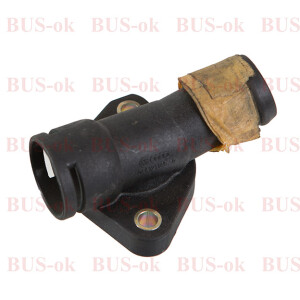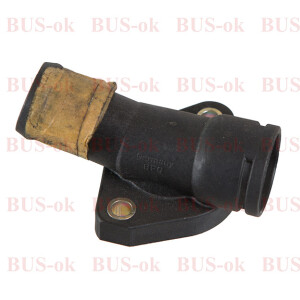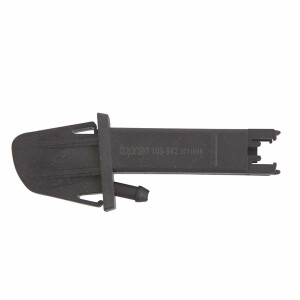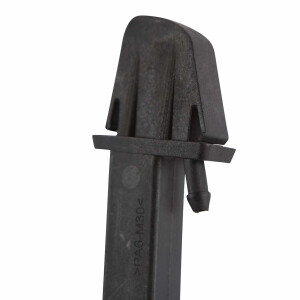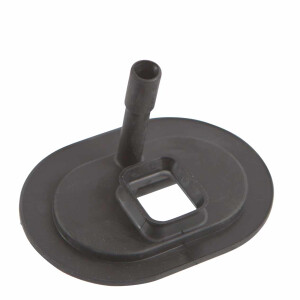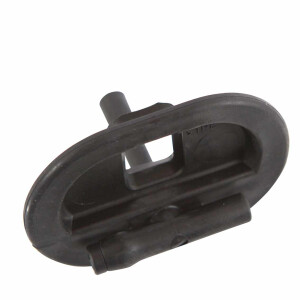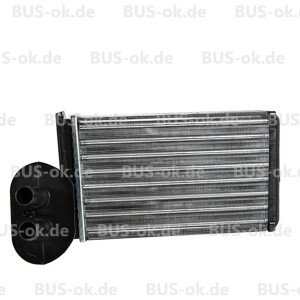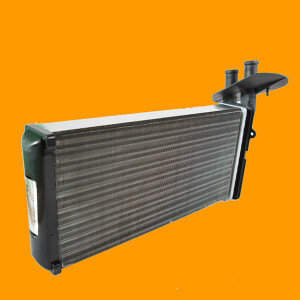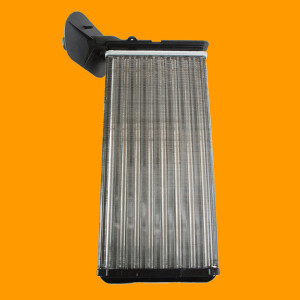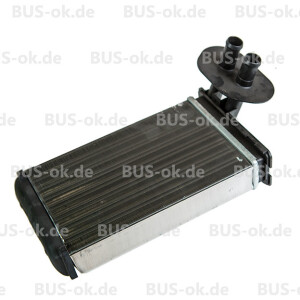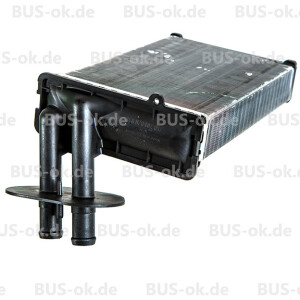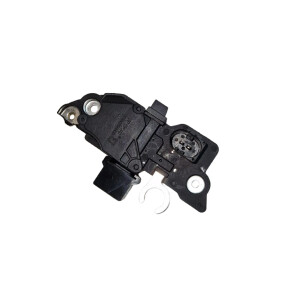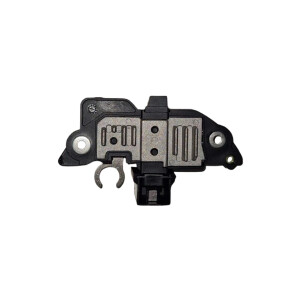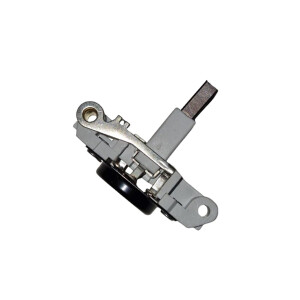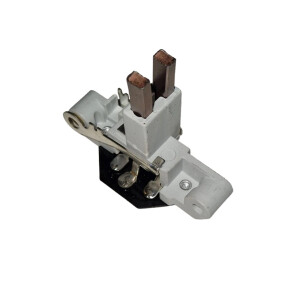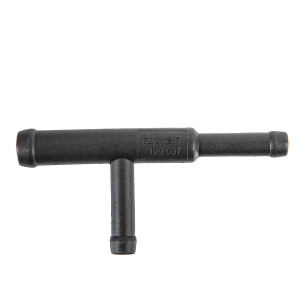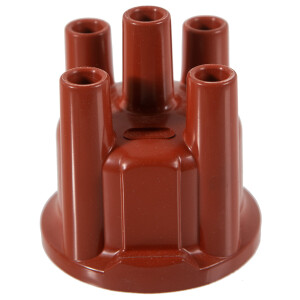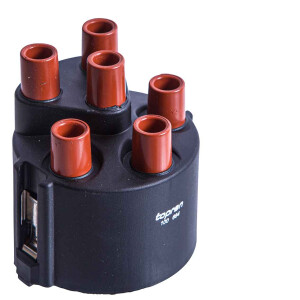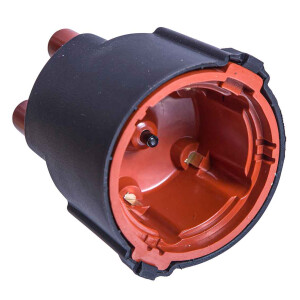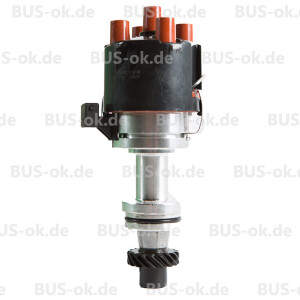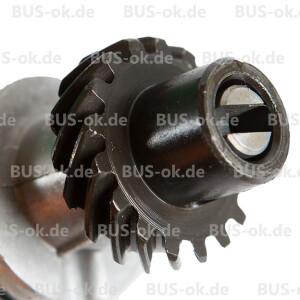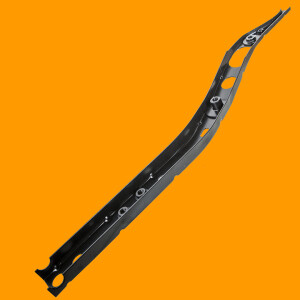T4-1992-2003
De keuze aan accessoires voor de T4 hebben we in deze rubriek...
Zonder brandstof rijdt zelfs de mooiste bus niet, en menig busje...
Ook de moderne Transporter kampt nog met de aloude roestduivel....
- T4 Heckklappe und Flügeltür
- T4 Bodenblech
- T4 Stoßstange
- T4 Chassis
- T4 Dach Schiebedach
- T4 Türen
- T4 Türgriffe und Schlösser
- T4 Innenschweller und Außenschweller
- T4 Frontblech Frontscheibenrahmen
- T4 Reparaturbleche
- T4 Motorhaube und Anbauteile
- T4 Kniestück
- T4 Pritsche und Doka
- T4 Schiebetür & Zubehör
- T4 Kotflügel
- T4 Radlauf hinten
- T4 Radlauf vorne
- T4 Seitenteile
BusOK biedt aan: startmotoren, accudelen, verwarming, dynamo's,...
- T4 Rückleuchten
- T4 Steuergeräte
- T4 Innenleuchten
- T4 Hupe
- T4 Diversen
- T4 Lichtmaschinen
- T4 Instrumente
- T4 Kabel, Kabelschuhe und Zubehör
- T4 Scheinwerfer und Blinker
- T4 Leuchtmittel und Leuchtmittelsätze
- T4 Zündung
- T4 Relais und Geber
- T4 Scheibenwischer und Reinigungsanlage
- T4 Schalter
- T4 Anlasser
- T4 Keilriemen
- T4 Sicherungskästen
Tal van accessoires voor aan de buitenzijde, maar ook essentiele...
Hier is onze geschenkafdeling. Alles voor een goed gevoel, veel...
Dakstof, rubbers, dakluiken. Om maar een paar delen te noemen die...
Alles voor de binnenkant van de T4. Onderverdeeld zijn o.a....
Alle kabels voor de T4: handrem, km-teller, verwarming enz.......
Aandrijfassen, schakelpook, stangen en geleiders, alles voor een...
Onderhoud is vaak de beste remedie tegen problemen, preventie is...
Auspufftöpfe, Abgasanlagen, Wärmetauscher,...
Volkswagen Transporter der vierten Generation T4 Die Einführung der vierten Bulli-Generation im August 1990 bedeutete zugleich das Ende des Heckantriebs und der Heckmotoren im VW Transporter. Der Neue frontgetriebene Bus war erstmal in zwei verschiedenen Radständen erhältlich, und durch den in der Front quer eingebaute Reihenmotor war erstmals eine durchgehende Ladefläche gegeben. Auch von diesem Transporter bot Volkswagen verschiedene Versionen an, und mehrere Diesel- und Benzinmotoren kamen zum Einsatz. Die Automatikversion blieb den Fünfzylindermotoren, die Klimaanlage den Motoren ab 2l Hubraum vorbehalten. Ab 1995 wurden alle Transporter mit einer Servolenkung ausgeliefert, die Trommelbremsen an der Hinterachse wurden ebenfalls bis zu diesem Jahr produziert. Das Allradmodell Syncro wurde auch beim T4 angeboten, ab 1993 mit Fünfzylindermotoren, ab 1996 auch als VR6. Die Geländegängigkeit war allerdings schlechter als beim Vorgängermodell T3, da beim T4 das Serienfahrwerk des Fronttrieblers verwendet wurde. Den Siegeszug als Reisemobil setzte der Bulli auch mit diesem Transporter weiter fort, die Modelle California, Carthago für den Urlaub, die Modelle Multivandienten als Familien- und Freizeitmobil. Ende 1995 gab es eine Produktaufwertung, so nannte VW damals die Modellpflege: Der Vorderwagen bei Multivan und Caravelle wurde um 8cm länger, auch konnte erstmals ein TDI-Motor geordert werden. Die letzte Neuerscheinung des T4 war im Jahre 2000 der mit einem Schriftzug V6 gekennzeichnete Bus mit bis zu 204 PS.
